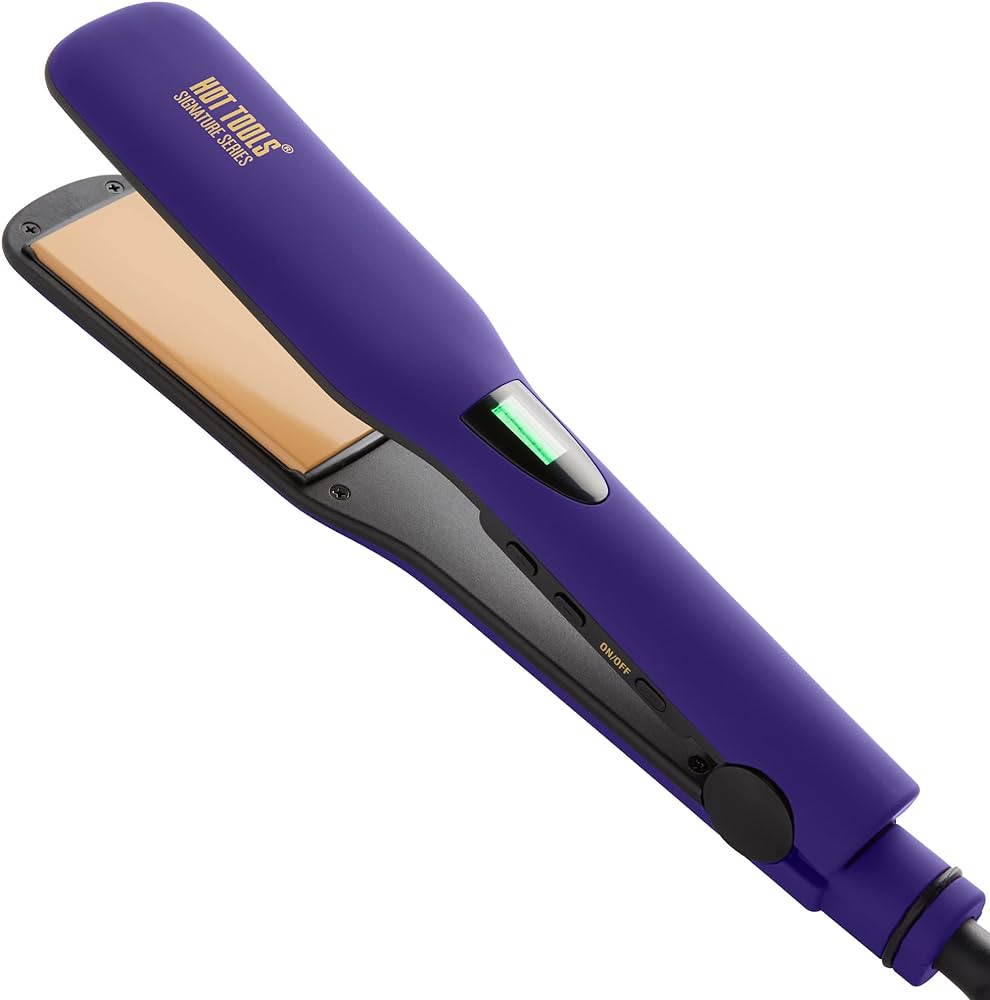Introduction:
Hair care is an essential aspect of personal grooming, and brushing your hair is a key part of maintaining its health and appearance. However, there is often confusion around whether it’s better to brush your hair when it’s wet or dry. Both methods have their pros and cons, and understanding these can help you decide what’s best for your hair type and condition. Let’s delve into the specifics to provide a comprehensive analysis on this topic.
Is It Better to Brush Your Hair Wet or Dry?
The Structure of Hair
To understand the impact of brushing on wet or dry hair, it’s crucial to first explore the structure of hair. Knowing how hair reacts to different conditions helps in making informed choices about grooming practices.
Hair Cuticle: The outermost layer of the hair shaft is called the cuticle, which consists of overlapping cells. The state of the cuticle affects how hair responds to brushing. When wet, the cuticle is more likely to lift, making hair more prone to damage.
Hair Cortex: The cortex lies beneath the cuticle and determines the hair’s strength, elasticity, and color. When hair is wet, the water breaks hydrogen bonds in the cortex, causing it to stretch and making it more susceptible to breakage.
Hair Medulla: The innermost layer, the medulla, is present mainly in thicker hair strands. It has minimal influence on the hair’s reaction to brushing but contributes to the overall strength and structure.

Brushing Wet Hair
Wet hair is more vulnerable to damage due to its altered structural integrity. However, with the right techniques, brushing wet hair can be effective without causing harm.
Pros: Detangling: Wet hair, especially with conditioner still in, can be easier to detangle. Brushing through wet hair helps remove knots and tangles that are more difficult to address when the hair dries.
Definition: For curly and wavy hair types, brushing while wet can help define the curl pattern and reduce frizz. It helps distribute products evenly and ensures the curls form in their natural pattern.
Product Distribution: Wet hair allows for better distribution of styling products, making it easier to manage and style.
Cons: Increased Breakage: Wet hair is weaker than dry hair and more prone to stretching and breaking. The lifted cuticle makes wet hair more susceptible to mechanical damage from brushing.
Hair Loss: Brushing vigorously while wet can pull hair out from the roots, exacerbating hair loss over time.
Snagging and Tangles: Improper brushing techniques can lead to snagging and formation of new tangles, causing frustration and potential damage.
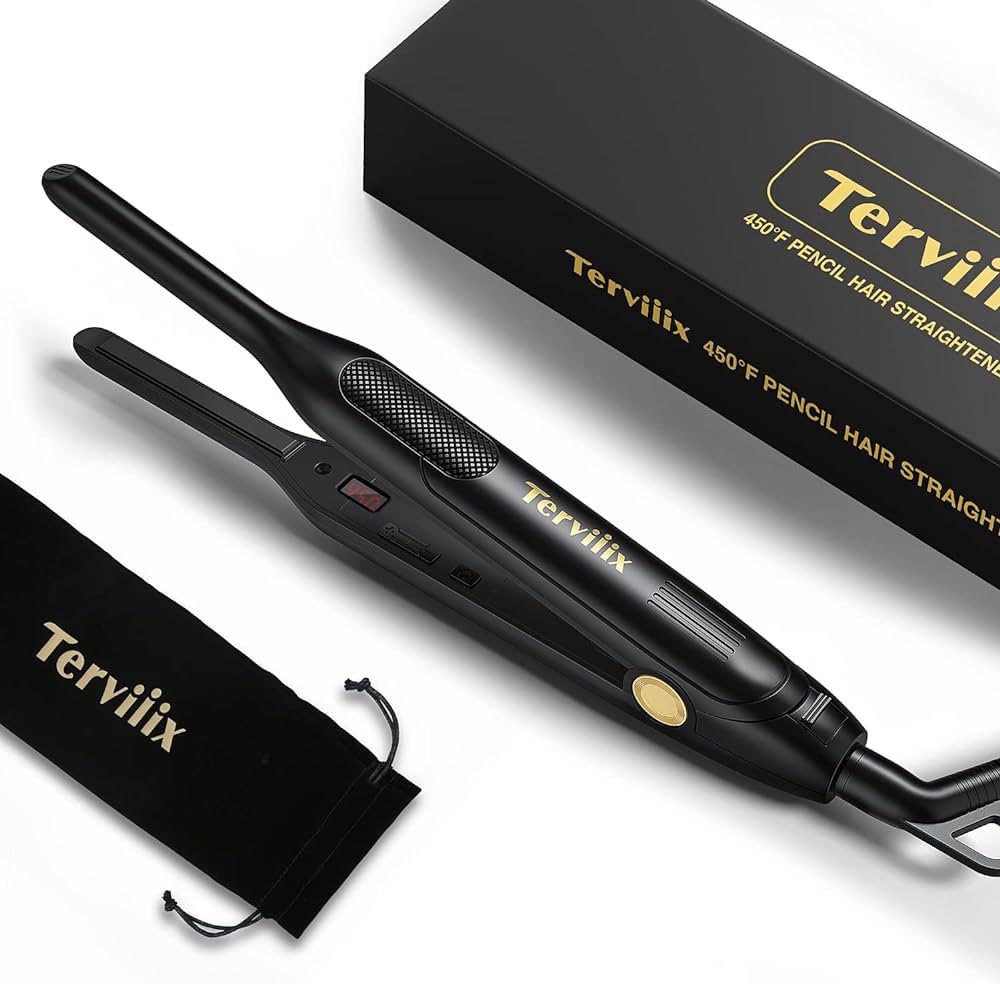
Best Practices for Brushing Wet Hair
If you choose to brush your hair while it’s wet, following certain best practices can minimize damage and maintain hair health.
Use a Wide-Tooth Comb: A wide-tooth comb is gentler on wet hair compared to a brush. It helps detangle without pulling or causing excessive tension.
Apply Conditioner: Leave-in conditioners or detangling sprays can provide slip and reduce friction, making it easier to comb through wet hair without causing breakage.
Start from the Ends: Begin brushing from the ends of your hair and gradually work your way up to the roots. This method prevents the accumulation of tangles and reduces the risk of pulling.
Be Gentle: Use slow, gentle strokes to avoid overstretching the hair. Avoid rapid back-and-forth motions that can cause stress on hair fibers.
Brushing Dry Hair
Dry hair has its set of advantages and drawbacks when it comes to brushing. Understanding the specific needs of dry hair ensures effective grooming without causing unnecessary damage.
Pros: Strength: Dry hair is stronger and less prone to breakage compared to wet hair. Brushing dry hair can help minimize damage and maintain its structural integrity.
Volume: Brushing dry hair can add volume and create a more styled look. It helps distribute natural oils from the scalp throughout the hair, adding shine and reducing dryness.
Convenience: Brushing dry hair is often perceived as more convenient, especially for quick touch-ups and on-the-go grooming.
Cons: Increased Frizz: For people with curly or wavy hair, brushing dry hair can lead to increased frizz and disrupt the natural curl pattern.
Static and Flyaways: Dry hair is more prone to static and flyaways, especially in low-humidity environments. Brushing can exacerbate these issues, making hair appear unruly.
Difficulty in Detangling: Dry hair can be more challenging to detangle, particularly if it hasn’t been combed for a while. This can lead to pulling and breaking if not done carefully.
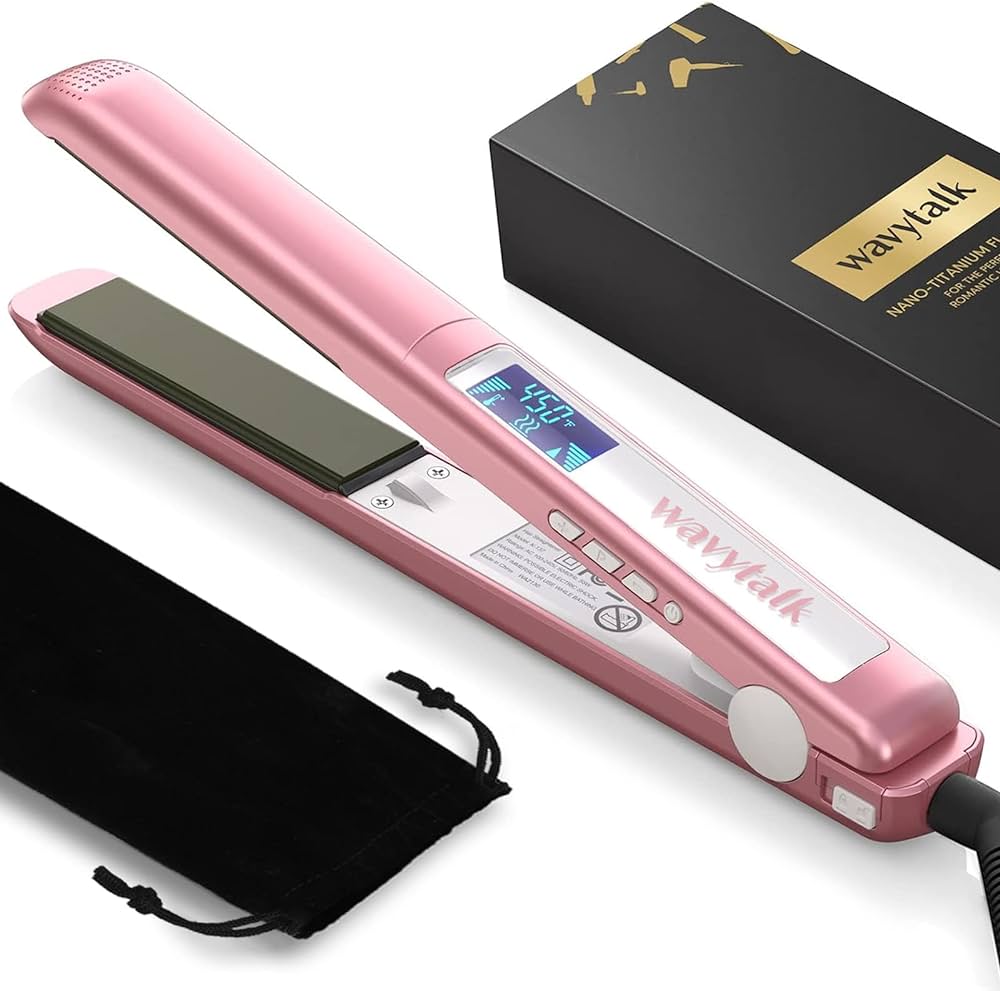
Best Practices for Brushing Dry Hair
To achieve the best results while brushing dry hair, employing specific techniques and tools can make a significant difference.
Choose the Right Brush: Select a brush with natural bristles or a detangling brush designed to minimize friction. Brushes with soft, flexible bristles are ideal for gently managing dry hair.
Sectioning: Divide your hair into sections before brushing. This approach makes it easier to manage and ensures even distribution of natural oils.
Moisturizing Treatments: Apply a light leave-in conditioner or hair oil before brushing to reduce static and hydrate the hair. This can also help in managing flyaways and adding shine.
Hold and Brush: Hold the section of hair you’re brushing firmly to prevent tugging at the roots. Start from the ends and work your way up to avoid creating tangles.
Hair Type Considerations
Hair type significantly influences whether it’s better to brush hair when it’s wet or dry. Tailoring your approach based on your specific hair type ensures the best care and styling results.
Straight Hair: Straight hair types can benefit from both wet and dry brushing. Wet brushing can help with detangling, while dry brushing adds volume and distributes oils.
Curly Hair: Brushing curly hair while wet helps maintain the curl pattern and reduces frizz. Dry brushing is generally discouraged as it can lead to breakage and frizz.
Wavy Hair: Wavy hair can also benefit from wet brushing for definition and detangling. However, light dry brushing can work if done carefully with the right tools and products.
Coarse/Thick Hair: Coarse or thick hair types can tolerate both wet and dry brushing. Using a wide-tooth comb for wet hair and a boar bristle brush for dry hair are effective strategies.
Fine Hair: Fine hair is more prone to breakage, so wet brushing should be done with extreme care. Dry brushing with a gentle brush can help add volume and avoid excessive pulling.
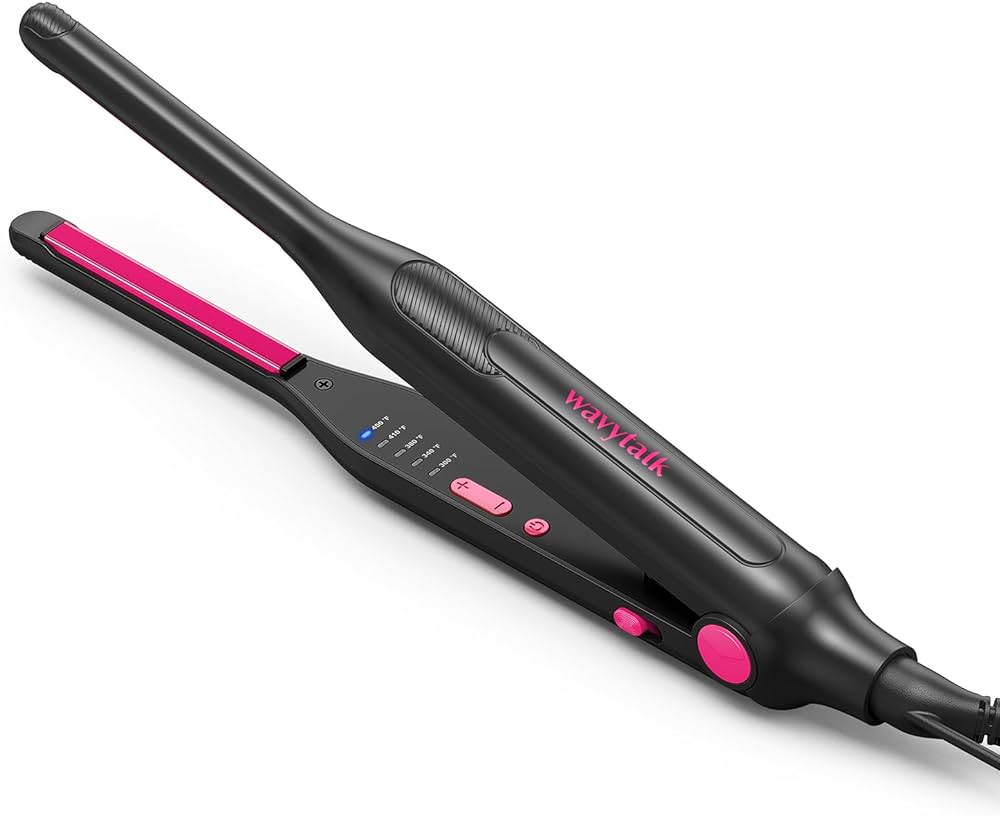
Understanding Scalp Health
Healthy scalp conditions play a crucial role in deciding how and when to brush your hair. Proper scalp care enhances overall hair health.
Scalp Oils: Brushing dry hair helps distribute natural oils from the scalp along the hair shaft, promoting hydration and shine. This practice is particularly beneficial for people with dry or flaky scalps.
Scalp Sensitivity: Those with sensitive scalps should be cautious when brushing wet hair due to increased vulnerability. Using gentle tools and techniques can prevent irritation.
Scalp Stimulation: Brushing dry hair stimulates blood circulation in the scalp, promoting hair growth and overall scalp health. Incorporate scalp massages with brushing for added benefits.
Cleanliness: Maintaining a clean scalp reduces the risk of infections and ensures healthier hair growth. Regular but gentle brushing helps remove dead skin cells and buildup from the scalp.
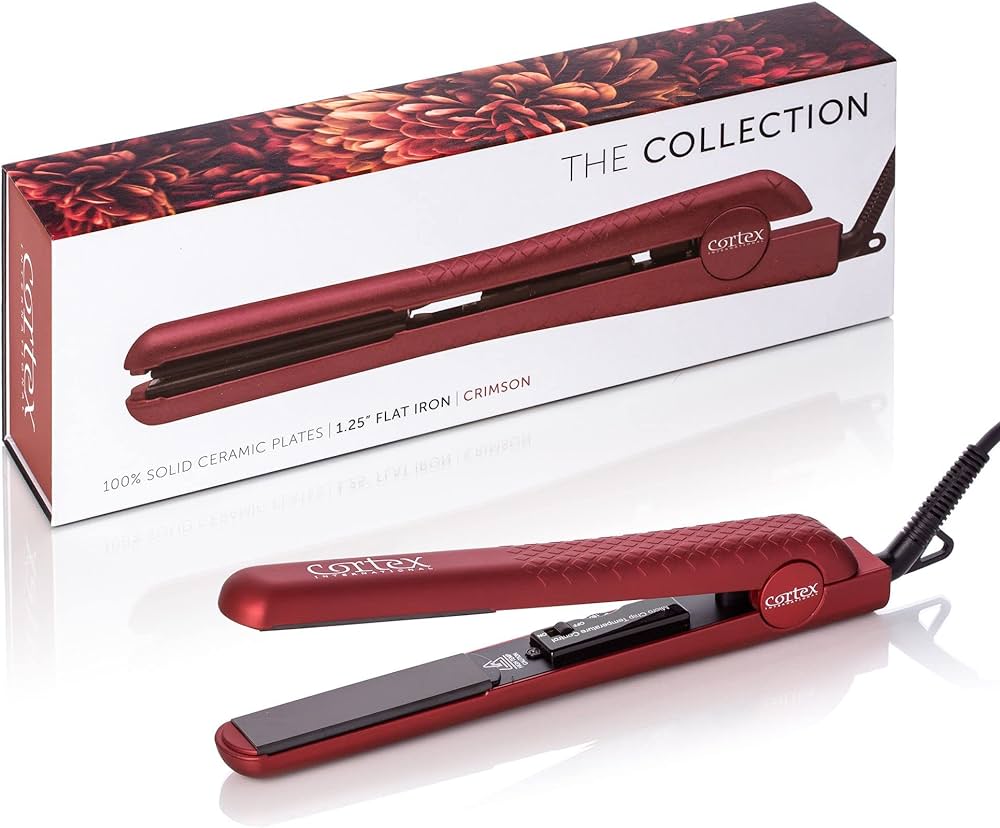
Product Recommendations
Selecting the right products and tools can enhance your brushing routine and ensure the health and beauty of your hair.
Wide-Tooth Comb: A must-have for wet brushing, a wide-tooth comb helps detangle without causing excessive breakage. Look for combs made from materials like silicone or high-quality plastic for durability.
Detangling Spray: A good detangling spray makes wet hair easier to manage. It provides slip, making brushing smoother and less damaging. Opt for sprays with natural ingredients and no harsh chemicals.
Boar Bristle Brush: For dry hair, a boar bristle brush is excellent for distributing natural scalp oils and adding shine. The soft bristles are gentle on hair and help reduce static.
Leave-In Conditioner: A leave-in conditioner adds moisture and reduces frizz, making both wet and dry brushing more manageable. Choose lightweight formulas that don’t weigh down your hair.
Conclusion
In conclusion, whether to brush your hair wet or dry depends on factors such as hair type, scalp health, and personal preferences. Wet hair is more prone to damage but can be easier to detangle, especially with the right tools and products. Dry hair is stronger and less susceptible to breakage but can lead to issues like frizz and static. By understanding the structure of hair, following best practices for brushing in both conditions, and selecting appropriate tools and products, you can maintain healthy, beautiful hair. Tailoring your approach based on your specific needs ensures that your hair care routine is both effective and gentle, promoting overall hair and scalp health.
